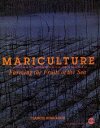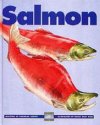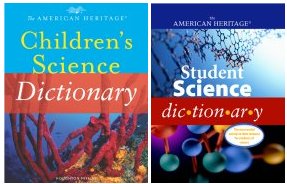Cleaning Up Fish Farms Additional Information
You can learn more about fish farms at whyfiles.org/shorties/159salmon/ (Why Files). Additional information can be found at atn-riae.agr.ca/seafood/farmed_salmon-e.htm (Agriculture and Agri-Food Canada).
The U.S. Commission on Ocean Policy has a Web site at www.oceancommission.gov/ (U.S. Commission on Ocean Policy).
You can find the Seafood Watch guide at www.mbayaq.org/cr/seafoodwatch.asp (Monterey Bay Aquarium).
Additional information about cobia can be found at www.flmnh.ufl.edu/fish/Gallery/Descript/Cobia/Cobia.html (Florida Museum of Natural History).
For information about problems with salmon farming, go to www.ems.org/salmon/salmon_farming.html (Environmental Media Services).
Harder, Ben. 2005. Breeding parasites along with fish: Do sea lice from salmon farms spread far? Science News 167(April 2):212. Available at http://www.sciencenews.org/articles/20050402/fob4.asp.
Raloff, Janet. 1998. How farm-fed seafood can deplete wild fisheries. Science News Online (Nov. 7). Available at http://www.sciencenews.org/pages/sn_arc98/11_7_98/food.htm.
Books recommended by SearchIt!Science:
 |
Mariculture: Farming the Fruits of the Sea — Frances King Koch
Published by Franklin Watts/Scholastic, 1992.
You probably know that the shrimp you eat come from the ocean, but you may not know that many shrimp are raised on special sea farms. With color photographs and drawings, this book from the New England Aquarium explores mariculture, the practice of hatching and raising living things that come from the ocean. The history of mariculture, which has been around for thousands of years, is presented, along with a look at the way sea farming is practiced today around the world. The demand is growing for seafood, algae, and seaweed for both food and industrial uses. In fact, mariculture may provide a solution to the problem of world hunger. At the same time, it could prevent the overharvesting of sea creatures in their natural environment. |
 |
Salmon — Deborah Hodge
Published by Kids Can Press, 2002.
While it may not seem as though it’s the most romantic or beautiful of the fishes that inhabit our seas, the salmon is one of the most interesting. Every year, thousands of salmon struggle to leave their saltwater homes to return to the freshwater where they were born. They struggle to swim upstream, against the current, becoming battered and bruised during the long hard journey, so that they can lay their eggs—as many as eight thousand eggs! In this book, color illustrations depict both Pacific and Atlantic salmon and follow the salmon through its life cycle from eggs to alevin, fry, smolts, adults, and finally spawners. |
 |
Salmon — Ron Hirschi
Published by Carolrhoda Books/Lerner Publishing, 2001.
Some of you may know salmon as a tasty dinner, but did you know that salmon, as a fish, can live in both salt and freshwater? A fish so determined to get to his spawning grounds that it swims upriver for miles every year? Bears, sea lions, and people depend heavily on this fish for food. This book tells where and how salmon live with pictures and detailed explanations. |
Power Words
aquaculture The science, art, and business of cultivating marine or freshwater food fish and or shellfish, such as oysters, clams, salmon, and trout, under controlled conditions.
kelp A type of large, brown seaweed that is found in colder ocean regions. Some species of kelp can grow to over 200 feet (61 meters) long.
parasite A living thing that can only exist on or in a different kind of living thing, called the host. Parasites rely on their hosts for food and are usually harmful to them. Lice, ticks, and fleas are parasites of humans and other mammals.
Copyright © 2002, 2003 Houghton-Mifflin Company. All rights reserved. Used with permission.
